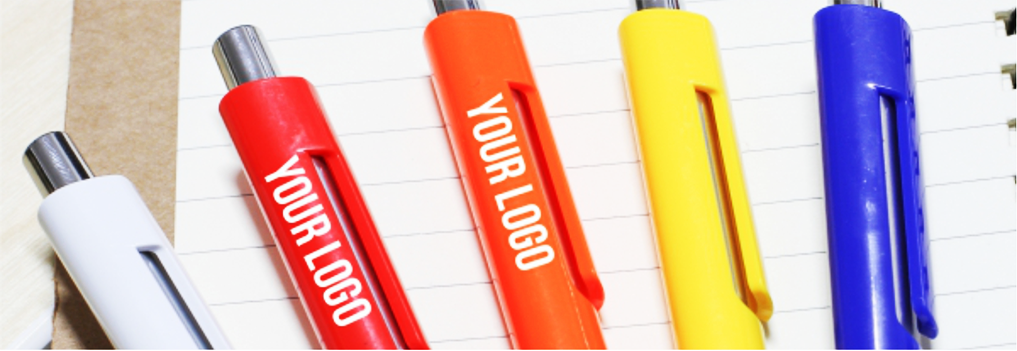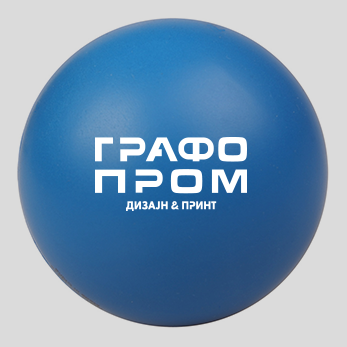

PAD PRINTING

PRINTING ON CURVED SURFACES
A special challenge in the printing industry was the printing on curved surfaces. The requirements to print on non-flat surfaces has led to the emergence of pad printing. This technique involves direct printing or a silicone pad, on which paint is applied and then it is transferred onto the specified substrate with a non-flat shape.
This revolution, introduced by the printing industry, made it possible to transfer prints to almost all rough and rounded surfaces. Items made of plastic, glass, ceramics, rubber, or metal whose surface is not flat are no longer a problem for modern printing.
Pad printing refers to:
– cylindrical objects
– spherical objects
– complex angles
– textured objects
– concave objects
– on convex objects
The pad printing process involves a printing technique in which a two-dimensional image is transferred to a three-dimensional object. This is accomplished through a printing plate, usually an engraving plate, where the image is transferred to the printing surface using a silicone pad. Initially, the color is applied to the printing roller using another roller, and then, the excess is removed with a knife so that the color contained in the slots is taken away with a silicone pad and applied to the surface intended for printing.



